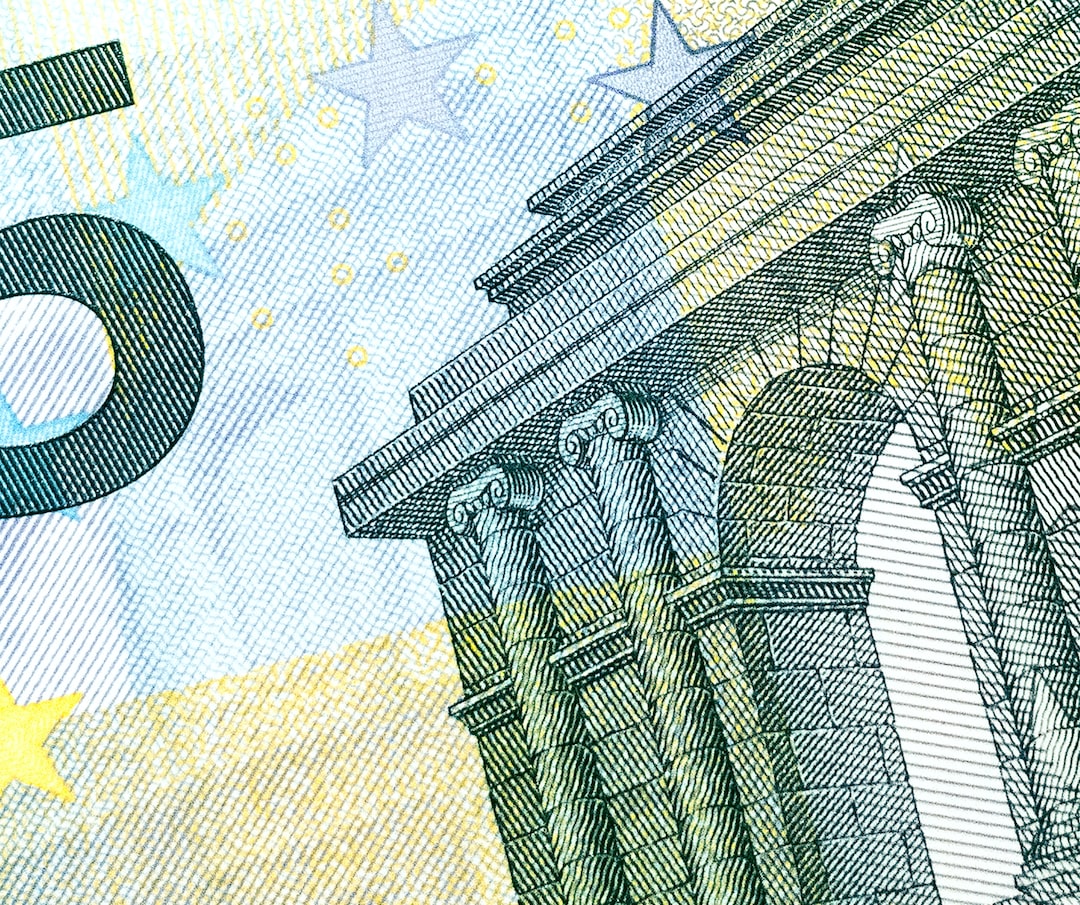In forex trading, a hammer is a type of candlestick pattern that indicates a potential trend reversal. It is a bullish signal that suggests the price of a currency pair may start moving upwards. The hammer pattern is formed when the price of the currency pair opens, trades lower, but then closes near its opening price. This creates a long lower shadow or wick that resembles the handle of a hammer, hence the name.
The hammer pattern is significant because it suggests that buyers have entered the market and are ready to push the price upwards. This is because the long lower shadow indicates that sellers were initially in control, pushing the price down, but buyers stepped in and pushed the price back up, closing near the opening price. This shows that there is strong buying pressure and that the market sentiment may be shifting from bearish to bullish.
Traders often use the hammer pattern as a signal to enter long positions or to place buy orders. However, it is important to note that the hammer pattern should not be used in isolation and should be confirmed by other technical indicators or analysis. For example, traders may use the hammer pattern in conjunction with trend lines, support and resistance levels, or moving averages to confirm the signal and increase the likelihood of a successful trade.
It is also important to note that not all hammers are created equal. The strength of the signal depends on the size and shape of the hammer. A strong hammer pattern has a long lower shadow that is at least twice the size of the real body (the difference between the opening and closing price). The real body should also be small or non-existent, indicating that there was little or no price movement between the opening and closing price. The longer the lower shadow, the stronger the signal, as it indicates that buyers were able to push the price up significantly from its low point.
On the other hand, a weak hammer pattern has a shorter lower shadow and a larger real body, indicating that there was more price movement between the opening and closing price. This suggests that buyers were not able to push the price up significantly and that the bullish signal may not be as strong.
In addition to the hammer pattern, there are other candlestick patterns that traders use to identify trend reversals or potential entry points. These include the doji, the engulfing pattern, the morning star, and the evening star, among others. Each pattern has its own unique characteristics and can be used in conjunction with other technical indicators to identify potential trading opportunities.
In conclusion, a hammer pattern in forex trading is a bullish signal that suggests a potential trend reversal. It is formed when the price of a currency pair opens, trades lower, but then closes near its opening price, creating a long lower shadow that resembles the handle of a hammer. Traders often use the hammer pattern as a signal to enter long positions or to place buy orders, but it should be confirmed by other technical indicators or analysis. The strength of the signal depends on the size and shape of the hammer, with a longer lower shadow indicating a stronger signal.






